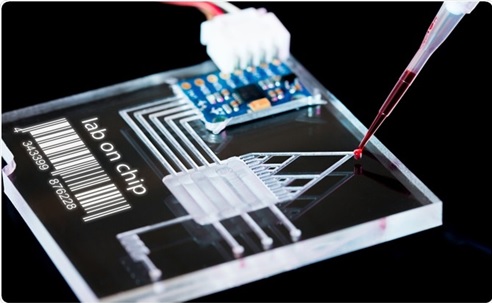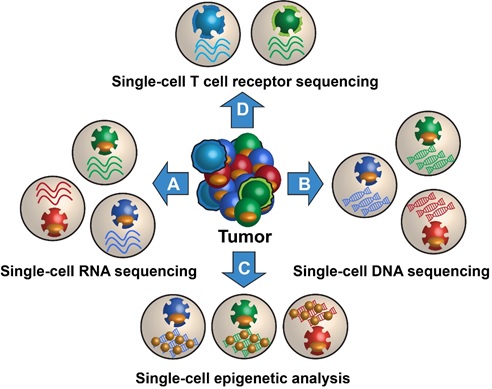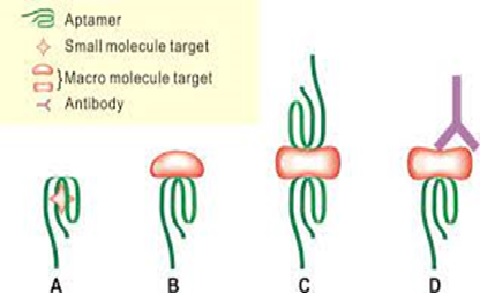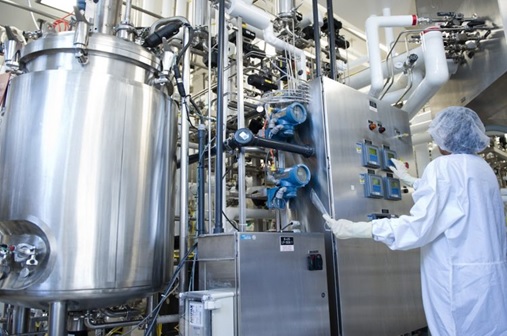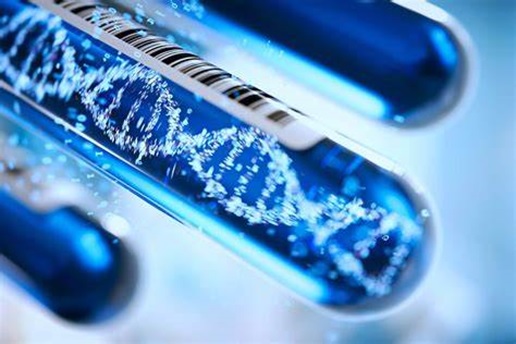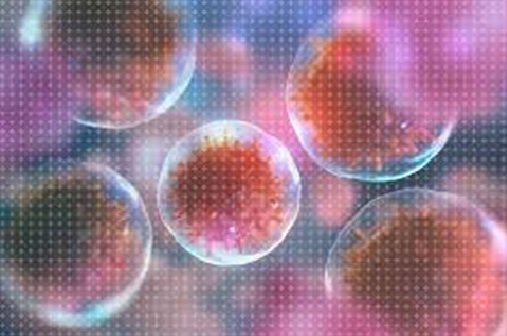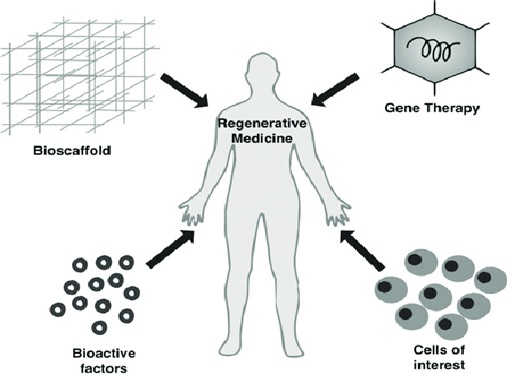Stem Cell Applications in Medicine
Stem cells are cells that have the potential to develop into many different or specialized cell types. Stem cells can be thought of as primitive, "unspecialized" cells that are able to divide and become specialized cells of the body such as liver cells, muscle cells, blood cells, and other cells with specific functions. Stem cells are referred to as "undifferentiated" cells because they have not yet committed to a developmental path that will form a specific tissue or organ. The process of changing into a specific cell type is known as differentiation. In some areas of the body, stem cells divide regularly to renew and repair the existing tissue. The bone marrow and gastrointestinal tract are examples of areas in which stem cells function to renew and repair tissue.[1]

Figure 1. The Stem Cell Applications in Medicine
Figure 1 shows stem cell therapy, also known as regenerative medicine, promotes the repair response of diseased, dysfunctional or injured tissue using stem cells or their derivatives. It is the next chapter in organ transplantation and uses cells instead of donor organs, which are limited in supply.
The specialized cells can then be implanted into a person. For example, if the person has heart disease, the cells could be injected into the heart muscle. The healthy transplanted heart muscle cells could then contribute to repairing defective heart muscle.[3]
Types of stem cells
Researchers categorize stem cells, according to their potential to differentiate into other types of cells.
Embryonic stem cells are the most potent, as their job is to become every type of cell in the body.
The full classification includes:
Totipotent: These stem cells can differentiate into all possible cell types. The first few cells that appear as the zygote starts to divide are totipotent.
Pluripotent: These cells can turn into almost any cell. Cells from the early embryo are pluripotent.
Multipotent: These cells can differentiate into a closely related family of cells. Adult hematopoietic stem cells, for example, can become red and white blood cells or platelets.
Oligopotent: These can differentiate into a few different cell types. Adult lymphoid or myeloid stem cells can do this.
Unipotent: These can only produce cells of one kind, which is their own type. However, they are still stem cells because they can renew themselves. Examples include adult muscle stem cells.
Embryonic stem cells are considered pluripotent instead of totipotent because they cannot become part of the extra-embryonic membranes or the placenta.[2]
Stem cells have already been applied successfully for:
- Hematopoietic disorders
- Acute and chronic leukemia (AML/ALL or CML/CLL)
- Myelodysplastic syndrome
- Lymphomas (Hodgkin lymphoma, non-Hodgkin lymphoma)
- Aplastic anemia
- Sickle cell anemia
- Beta thalassemia
- Immunodeficiency
- SCID
- Whiskott Aldrich syndrome
- Metabolic disorders
- Mucopolysaccharidosis
- Cancer
- Multiple myeloma
- Neuroblastoma [4]
References:
- https://www.medicinenet.com/stem_cells/article.htm
- https://www.medicalnewstoday.com/articles/323343#types
- https://www.mayoclinic.org/tests-procedures/bone-marrow-transplant/in-depth/stem-cells/art-20048117
- https://www.vita34.de/en/stem-cells/application/
Cite this article:
Thanusri swetha J (2021), The Stem Cell Applications in Medicine, AnaTechMaz, pp. 19



